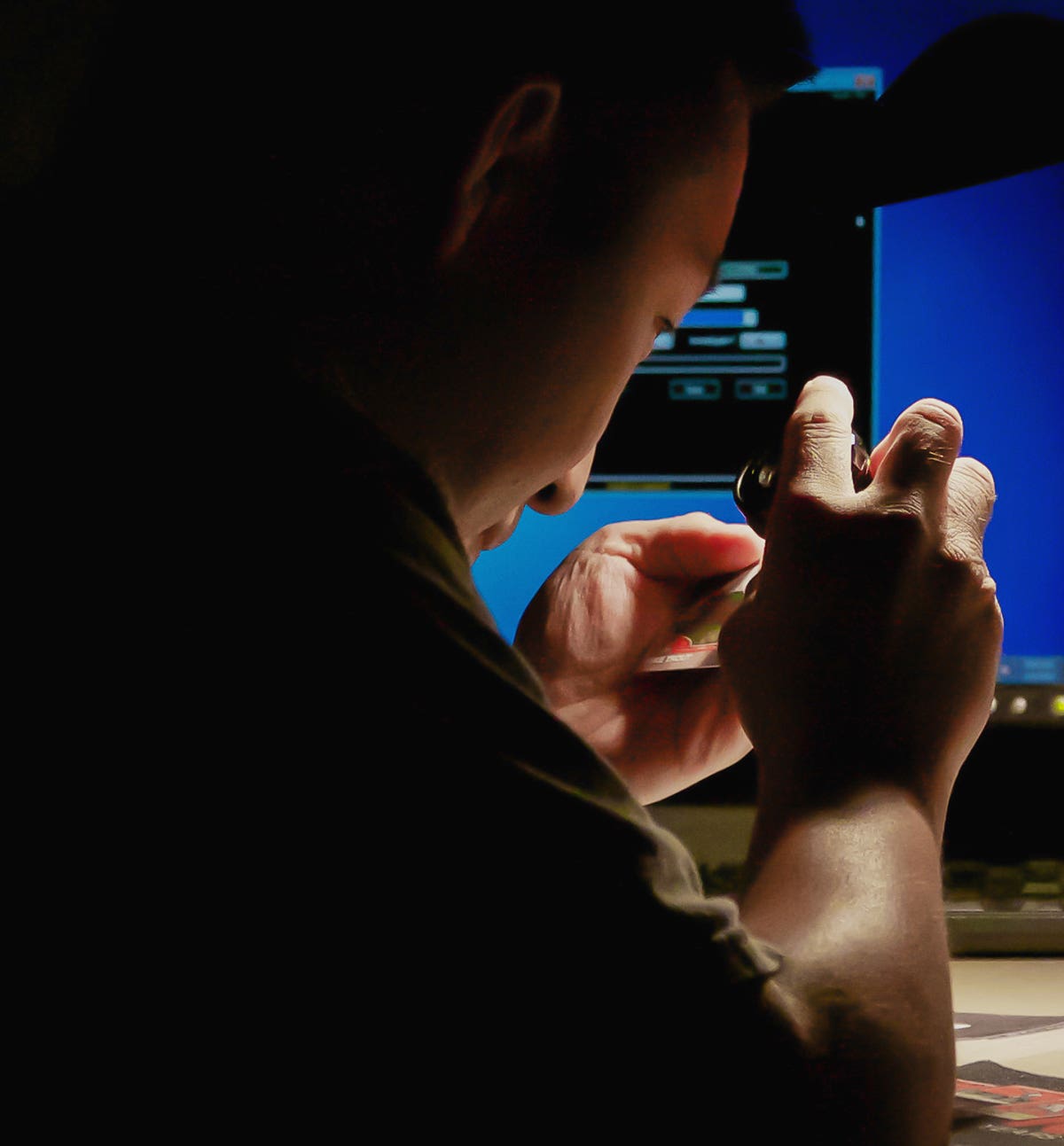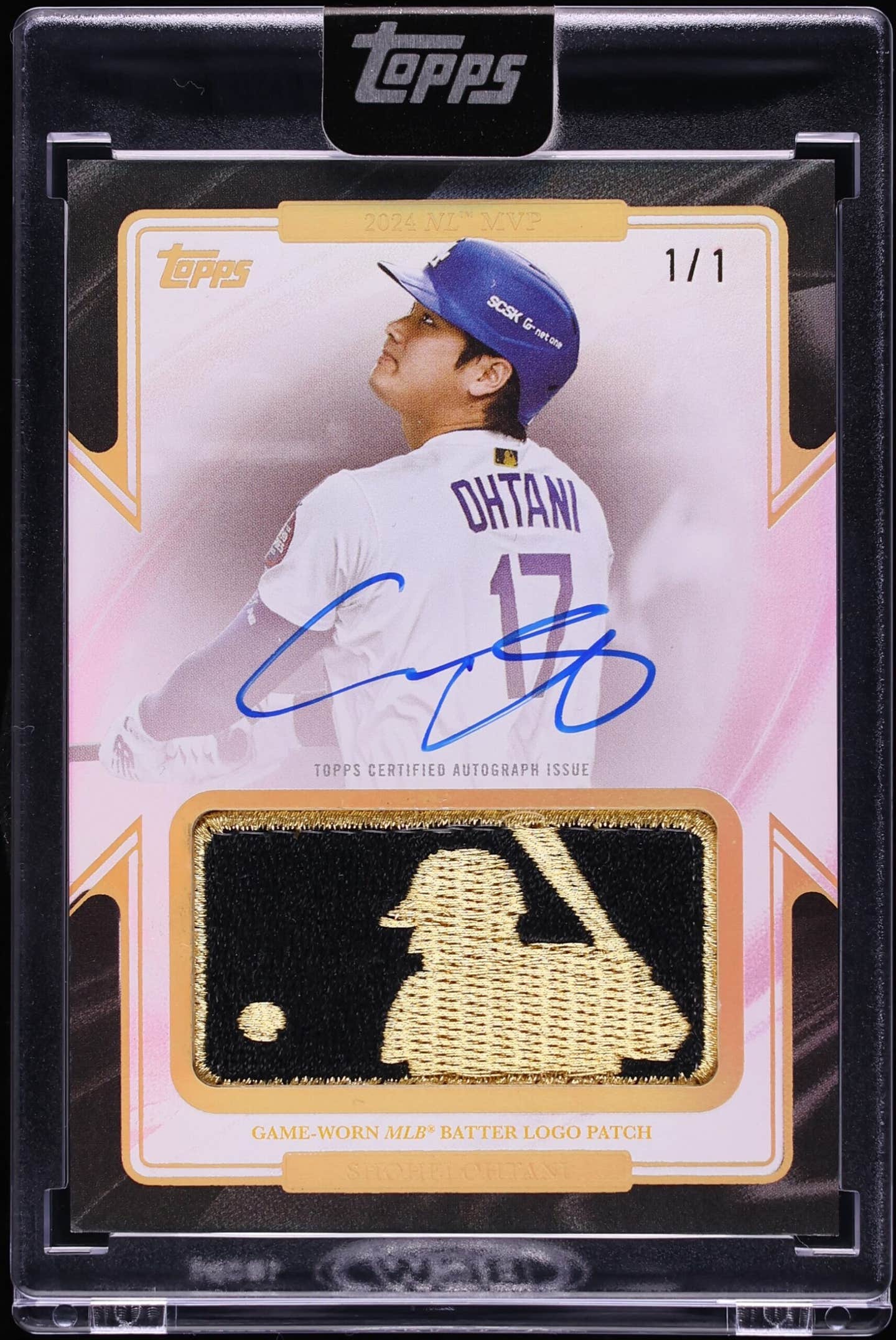Featured
Two-Sport Stars – Their Careers in MLB and the NBA and Their Cards
By Arnold Bailey
Tracy McGrady, a seven-time All-Star during his 16-season pro basketball career, now wants to become a baseball player, joining just a dozen or so versatile athletes who have played in both the National Basketball Association and Major League Baseball.
The odds certainly are against McGrady, just as they were against NBA superstar Michael Jordan when he quit pro hoops to try to make it as an outfielder for the White Sox. Jordan made it through spring training, but the highest he could jump in baseball was to the Double-A level of the minors.
McGrady’s baseball future, if there is one, started on the pitcher’s mound for the Independent Atlantic League’s Skeeters team in Sugar Land, Texas, the Houston suburb where he has lived for several years.
History’s chapter on athletes who have combined the highest levels of both baseball and basketball is a brief one, usually listing only 12 who have been able to accomplish this two-sport double-header.
However, additional research has uncovered one more athlete who should be included, one who is also often credited with being the first foreign-born player in the NBA. Also there is another dozen or so who came close. As the schedules of both the NBA and MLB have expanded and overlapped, it’s doubtful any athlete will be the added to the list in the future.
Here are the 12 usually included in the “Doubled Dozen,” a collection of unique athletes who also form an interesting niche for collectors (the list is alphabetical):
Danny Ainge – A Toronto Blue Jays infielder for 211 games, he also was an NBA All-Star guard with the Celtics and two other teams, with two championships as a player and a more recent one as Boston’s general manager.
Frank Baumholtz – An All-American basketball player in college who turned pro in the old Basketball Association of America (predecessor of the NBA), also had a decade-long career as an outfielder for three National League teams.
Gene Conley – The only athlete who won both NBA and World Series championships, the former as a back-up center with the Celtics and the latter as a pitcher with the Braves during 11 seasons in the majors.
Chuck Connors – Perhaps best known as the actor who starred in TV’s The Rifleman, he was a back-up center and forward with the NBA Celtics and a first baseman with the Dodgers and Cubs. He also had been drafted by the Chicago Bears of the National Football League.
Dave DeBusschere – A Hall of Fame forward with the Pistons and Knicks who was honored as one of the Top 50 players in the history of the NBA, he also pitched for the White Sox in 1962-63.
Dick Groat – An All-American guard at Duke who played one season in the NBA with the Pistons, Groat played for four big league teams, won MVP and batting titles with the Pirates and was among the top fielding shortstops.
Steve Hamilton – Played two years for the Minneapolis Lakers then had a 12-year baseball career as a pitcher with six teams. With Gene Conley, he’s one of just two athletes to play in both the NBA Finals and World Series. Unlike Conley, he lost in both.
Mark Hendrickson – A forward with four NBA teams, he also pitched for four major league teams, and once was the Marlins’ opening-day starter.
Cotton Nash – A college basketball All-American who played just one season in the NBA, along with 13 games over three seasons as a White Sox and Twins pitcher.
Ron Reed – A forward for two seasons with the Pistons, he became one of just five pitchers to record 100 wins, 100 saves and 50 complete games during 19 years with four big-league teams.
Dick Ricketts – Another college basketball All-American, he played forward with the Royals and Hawks, then got into a dozen games, winning one and losing six with the 1959 Cardinals. (His brother Dave had a six-year baseball career.)
Howie Schultz – A forward whose four NBA seasons featured a championship with the Lakers, he played five seasons at first base with three National League teams in a career interrupted by World War II. Some claim he was the first to draw pensions from both the NBA and MLB.
The distinguished dozen, plus one
For collectors, all 12 have been pictured on baseball cards, with Groat’s 1952 Topps, Baumholtz’s 1949 Bowman and Conley’s 1953 Topps cards the most special. Reed has the longest baseball-card checklist with about 75 of them
Seven of those 12 (Ainge, DeBusschere, Hamilton, Hendrickson, Nash, Reed and Ricketts) have been pictured on basketball cards. Ricketts’ Topps and Kahn cards from 1957 are the special hoops prizes. Less sought after would be the basketball cards of Conley, Nash and Reed, all either retro or college issues.
As you’d expect, all 12 are relatively tall, ranging from Henrickson’s 6’9” down to Baumholtz’s 5’10”. Seven of the dozen are pitchers. All were good all-around athletes. Ainge, for example, won All-American honors in high school in three sports, adding football to his baseball and basketball prowess. Only two of the seven got to play in championship games in both the NBA and MLB – Conley, who won championships in both sports, and Hamilton, who lost out in both.
The addition to the elite list should be Hank Biasatti. Born in Italy, he grew up in Canada, where he was on the original Toronto entry in the BAA in 1946, playing just six games for the Huskies, including the first league game on Nov. 1.
He was given his release after he told the team that baseball was his first priority. But his career in that sport’s big leagues also turned out to be brief – just 21 games with the Athletics in 1949, filling in for the injured Ferris Fain at first base. He had just two hits and was quickly sent back to the minors, where he played two more seasons. Biasatti isn’t on a basketball card, but he is on three baseball issues, two in 1949 and a 1950 World Wide Gum card.
If you count coaching instead of playing, include Red Rolfe in your listing. An All-Star third baseman for the Yankees for a decade, he coached the same Toronto Huskies team that included Biasatti for a portion of the team’s only season.
National Basketball League
The history of pro basketball helps determine which two-sport athletes are credited with both hoops and baseball status. A handful of other versatile athletes played as pros in what was called the National Basketball League (NBL). Founded in 1937, the NBL was dissolved into the Basketball Association of America (BAA) in 1949 to form the National Basketball Association (NBA). That came after four teams left the NBL a year earlier to join the BAA. The weakened NBL lasted just one more season. That’s why NBL statistics are not recognized as valid in the NBA’s record keeping.
If the NBL had been recognized, four additional players would be members of the elite pro basketball/baseball club: Lou Boudreau, Irv Noren, Ernie Andres and Del Rice.
Boudreau is a Baseball Hall of Famer who had a long career as a star shortstop and player/manager with the Indians and Red Sox, then later as field boss of the Cubs and Athletics. He played basketball for Hammond in the NBL after a college career at the University of Illinois, where he captained teams in both sports.
Noren had an 11-year big league baseball career as a good hitting outfielder with five teams including the Senators and Yankees. In basketball, he played forward for Chicago’s NBL entry.
Andres played for Indianapolis of the old NBL and started the 1946 season at Boston’s starting third baseman. But his Red Sox career ended after 15 games because he wasn’t hitting for a team that eventually would win the American League pennant. Andres had captained both sports at Indiana University and was named to some All-American teams in basketball.
Rice’s baseball career spanned 17 seasons as a catcher with the Cardinals, Cubs and Braves, among others, and one season as manager of the California Angels. In basketball, he played four seasons with the NBL’s Rochester Royals, which proved to be a unique team in terms of both basketball stars and two-sport players before it became one of the NBA’s early franchises.
The 1945-46 Royals were an interesting mix. Three players on the team – Bob Davies, Red Holzman and Al Cervi – would go on to successful NBA careers and eventual induction into the Basketball Hall of Fame. Also on the team was Otto Graham, who had been a basketball All-American at Northwestern before he would become a star quarterback in the NFL and a Hall of Famer. And Rice wasn’t the only pro baseball player in that Royals lineup; Chuck Connors had played there that year while moonlighting during military service.
Bill Sharman came ever so close to joining the elite group of hoops/baseball pros. He played on the great Boston Celtics championship teams, as the shooting guard beside point guard Bob Cousy, plus Bill Russell and so many other great players. Earlier he had been an outfielder in the Dodgers’ minor league chain and even got called up to the big team in Brooklyn late in the 1951 season. However, during a heated late September game, the entire Dodgers bench – including Sharman – was ejected. Sharman may be the only player ejected from a big league game without ever playing in one.
Here are a few others who came close to the “Double Dozen” or “Lucky 13,” depending on who you include: Baseball Hall of Fame pitchers Bob Gibson and Ferguson Jenkins also spent some time with basketball’s Harlem Globetrotters; George Crowe, a power-hitting first baseman with the Braves and others also did lots of basketball barnstorming; and Chuck Harmon, who became the first black player with the Cincinnati Reds, was a college All-American in basketball at the University of Toledo and was the last player cut by the Boston Celtics in 1950.
Hank Soar was an American League umpire for close to 30 years and also coached the Providence Steamrollers of the BAA in 1947. His record also includes nine seasons with the New York Giants of the NFL.
The list continues with the likes of Randy Matson, considered by many the greatest shot-putter of all time who stayed with track and field although he was drafted by teams in the NFL, NBA and ABA; Scott Burrell, a first-round choice in both the NBA and MLB drafts who went with basketball as a player and a coach; Robin Roberts, the Baseball Hall of Fame pitcher who also had been a basketball captain at Michigan State; Dave Winfield, another Baseball Hall of Famer who was drafted after college in three sports (baseball, basketball and football); Tony Gwynn, the Baseball Hall of Famer whose career featured eight batting titles and who also was an NBA draft pick; and Walt Dropo, a Rookie of the Year first baseman with the Red Sox who also was drafted by pro teams in basketball and football.
Arnold Bailey is a freelance contributor to SCD. He can be reached at acbailey1125@yahoo.com.








